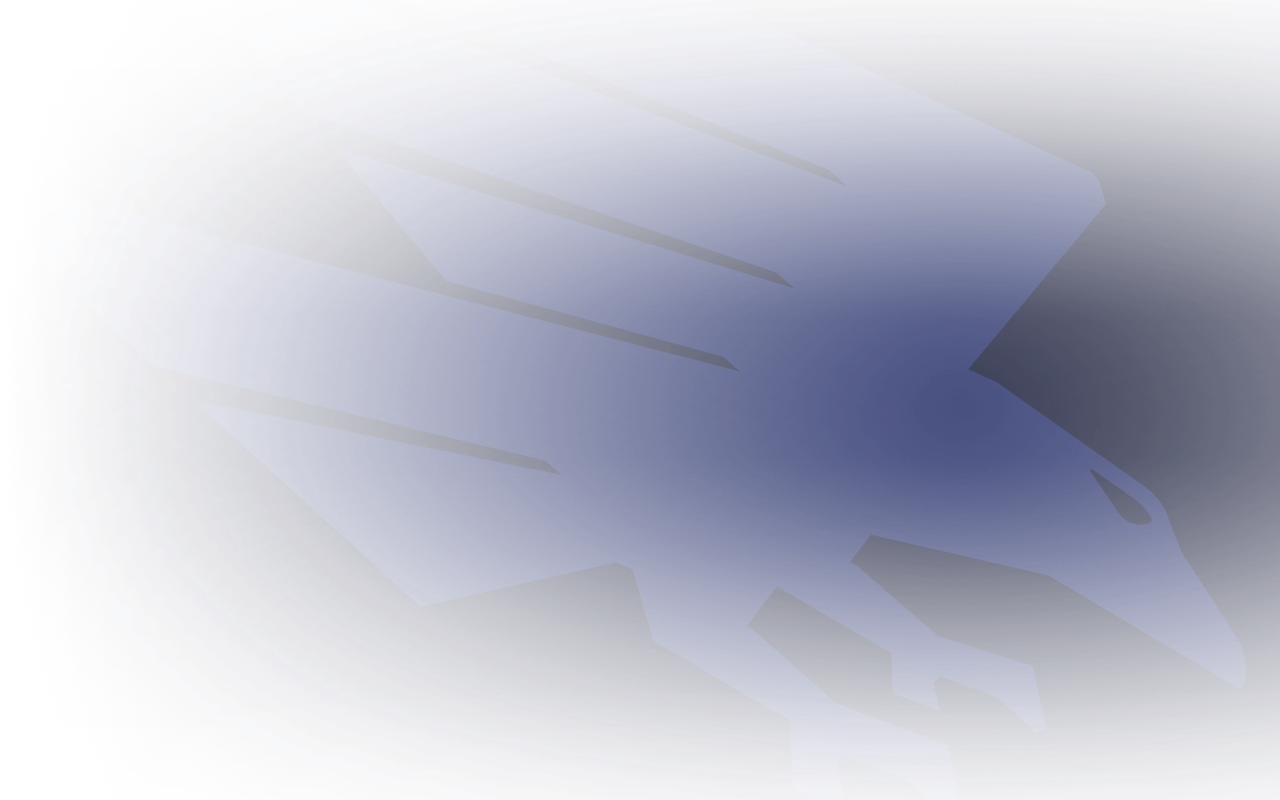The overarching theme of the
The Club is symbolised by the large
The large circle in the Club’s tri-colours which surrounds 23 white dots serves two symbolic purposes. Firstly, it symbolises the Club’s respect, recognition, commitment, and acknowledgement to those 23 Indigenous players and the wider Indigenous community and secondly it symbolises the Adelaide Oval as the home of the Adelaide Football Club and the place where thousands of Members and fans flock every football season to witness and anticipate the achievement of great things.
WATCH: 2018 Sir Doug Nicholls Round Guernsey
The circles on the outer (navy, red and gold) symbolise and acknowledge those Indigenous communities from around Australia from which the Indigenous players originated from and that they are connected to, whilst the connecting lines (navy, red and gold) symbolise the connections between players and their community as well as the many journeys and pathways each player would have endured to achieve and live their dream to play AFL and represent the Crows. The pathways all eventually lead to the large circle in the Club’s tri-colours and
To embrace all of the above depicted on the front of the
On the back are


